-
Posts
137 -
Joined
-
Last visited
Content Type
Forums
Detector Prospector Home
Detector Database
Downloads
Posts posted by oldmancoyote1
-
-
Without a better focused image, it's hard to tell. From what I see, it appears black. The arsenopyrite that I am familiar with is usually a lighter grey color, but wikipedia shows some black specimens. It could be a tellurium gold mineral called Calaverite. If so, it's dangerous. Heating it will emit poisonous fumes.
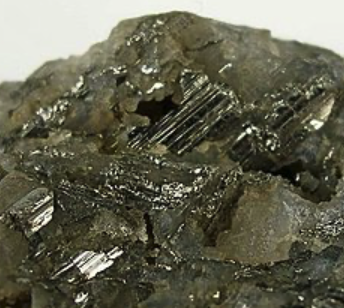 Calaverite
Calaverite
In general when submitting photos for mineral id, sharp focus is very important, and scratching it with a knife can leave useful clues .
-
It looks to be manufactured. The pebble finish appears to be on an applied film of some sort.
-
On 9/19/2019 at 3:38 AM, delnorter said:
Walking back and retrieving my back pack with pan, 1/4” screen, pick and such, I decided to sample this cut bank. Filling a pan with screened material from this top grey layer and washing it out at the river...
Thanks Delinorter. Good hunting. I took the week end off and detected the local park. Found a gold ring. First gold I found with my detector.
-
Thanks LipCa
I'm mostly panning with some Angus McKirk sluicing. I'll try your working from bedrock towards gravels and cobbles. Walking up the creek for a couple of miles looking for more favorable situations rather than just prospecting every gravel and cobble bar as I go seems like a good idea.
Thanks again
-
On 9/16/2019 at 5:08 PM, LipCa said:
I think this is what they call "prospecting"..... How have you tested the top layers? Have you ran a half cubic yard through your box or just done sample pans?
Do you have any indication of how far it is to bedrock? If it is more than a couple feet, you got a lot of work ahead of you!
What makes you think you "may" have found the right spot in the first place? It doesn't sound like you know what is on bedrock.....
More info and we might be able to help you better
Thanks for the reply. Here is the deal. The creek is quite small, about 12 feet across at most points. I have dug down about 2 feet at four locations where the bed rock is exposed close by, and I have sluiced or panned the entire hole. At 73 this is very hard work. After two feel I am exhausted. I don't have many of those holes in me. My experience here and the experience of a friend is that the gold only starts about 2 feet down.
The creek was mined in the 1800's, again extensively mined with a huddle bug about the beginning of the last century, and judging by the ages of the beer cans, several times after to some degree. I am worried that most of the gold is gone and all that remains is on the bedrock.
I guess I am looking for some encouragement. Sampling and panning the length of the creek to find mineable surface material is daunting when I worry that the creek is pretty much exhausted. It takes an 7 foot wide hole through the cobbles etc. to expose the bedrock at 2 feet. Only a hole that wide will remain free of sliding sand. If I can find a place where the upper layer pays at least a little, I can see putting in the work to reach bedrock where I would expect most of the gold to lie. I dread spending a summer exploring the length of the creek and finding nothing. Am I naive to think I might find a surface exposure with mineable gold? Geology I understand, but practical mining has very little to do with geology.
-
Around here in the Klamaths bedrock is at lest 2 feel down and often much deeper. Digging through several feet of boulders and cobbles is serious hard work. Then there is sand sliding in from the sides making progress very slow. To beat that, I need to set the sides of the hole far apart or I get a hole with a hand-sized bottom continually filled with sand from the sides. That is a lot of work. Historically the creek was a huge gold producer. I see little or no gold in the upper material. Have I just not found the right spot, or is sluicing here hopeless? Should I spend more time prospecting for productive material near the surface, or give it up?
-
I'm a bit skeptical of it being a meteorite, but it is hard to tell from photos. Iron meteorites have a rusty coating and of course respond to a magnet with a loud clank! Stoney meteorites are usually coated with a black crust. Inside they are often granular, a bit like granite, or composed of dark green olivine. It's an odd shape for a meteorite lacking aerodynamic qualities. Looks a bit like a petrified pregnant rock troll. : )
-
I think Motherlode Mike is right. The way to be sure is to look at it end on. Tourmaline is triangular in cross section.
-
It appears to be a variety of jews harp. Also known as a mouth harp. It is placed against the teeth and stroked. The nature of the sound is controlled by the inner shape of the mouth.
-
It's been raining here in the Klamaths for many days. My camper leaks. The only dry spot was my bed.
-
Looks like a coprolite. See the images from a Google search for coprolite. You're not ****ing us are you Edwardo?
-
-
I think an important point is just how flexible a cell phone or tablet based system is. As a sometimes iOS programmer I am frustrated by the limited information displayed on my detectors. There are wonderful things I could do if I could import data into one of my iOS devices. As it is easy to import the audio, I am toying with what I might do with it including 3D maps, vertical profiles and trace stacking to reduce noise. There are technical issues, but I think I could overcome some of them. Maybe next winter.
I'm hoping to someday see a mainline detector with data-out streams. I'll geek out if I do.
-
I don't know much about rocks from deep within the earth, but that looks like a garnet-rich rock from the lower crust or upper mantle.
-
Appropriately named city.
-
It's often a good idea to check out anything that's different or anywhere there is a change of some kind. Contacts can be a good choice. If it works out, keep at it, but don't push things beyond a reasonable effort.
Regarding the photo, you have indicated a contact between a blue soil and a red soil emphasized by a change in topography. It might work out. Try it. Don't overlook the contact between blue and red soil along the upper right corner either.
Good luck.
-
On 2/22/2019 at 7:40 AM, PG-Prospecting said:
This guy needs an editor. He prattles on forever.
-
It might be one of those spikes that railroads used to indicate the year when a wooden tie was installed.
-
-
Regarding the slur against Mexico, I live in Mexico half the year. In my personal experience it is no more violent than the U.S.
It is regrettable that the further we are from a situation, the further we tend to be from understanding its reality.
-
About the black Broach or what ever it is. It looks very much like something I found last summer. It was actually a buckle of some sort. If yours is a buckle, do you have any idea about how it was used?
-
As far as splitting up finding and recovery goes, consider construction flags to mark the location of your finds (stiff wire with a small plastic flag) so you can continue on searching. They are about $10/100. I get mine at the local big box home center.
-
It has been mentioned elsewhere in this forum, but it's worthwhile to mention again. Historic and current USGS maps are on-line and you can effortlessly overlay one on the other at this site:
-
The presence of iron rust strongly suggest specular hematite.


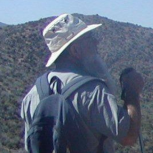
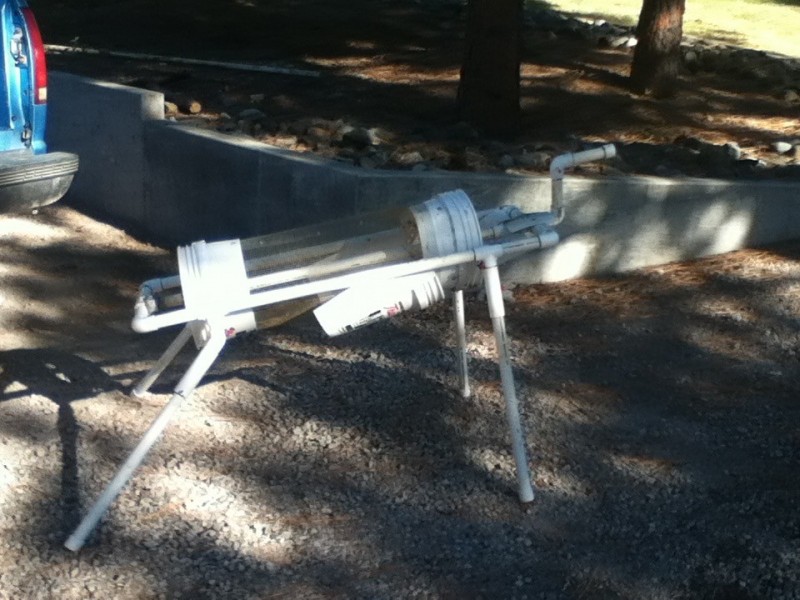
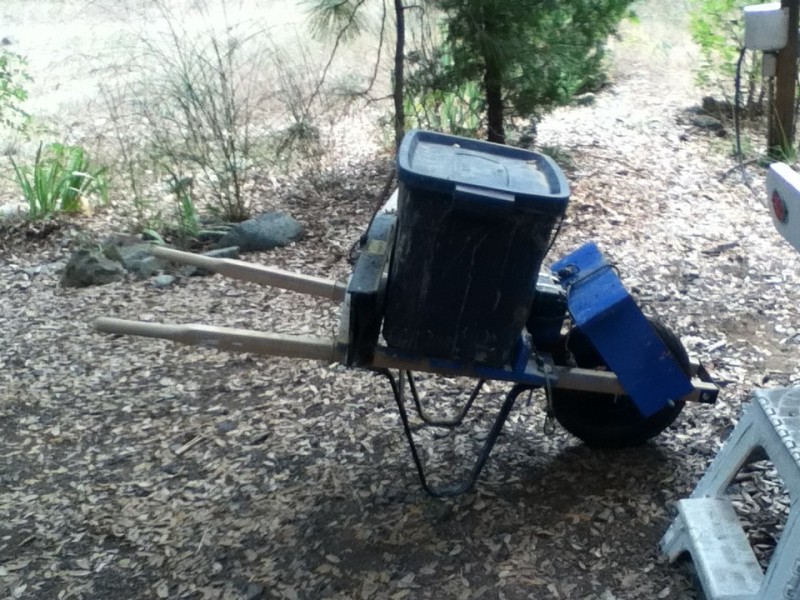
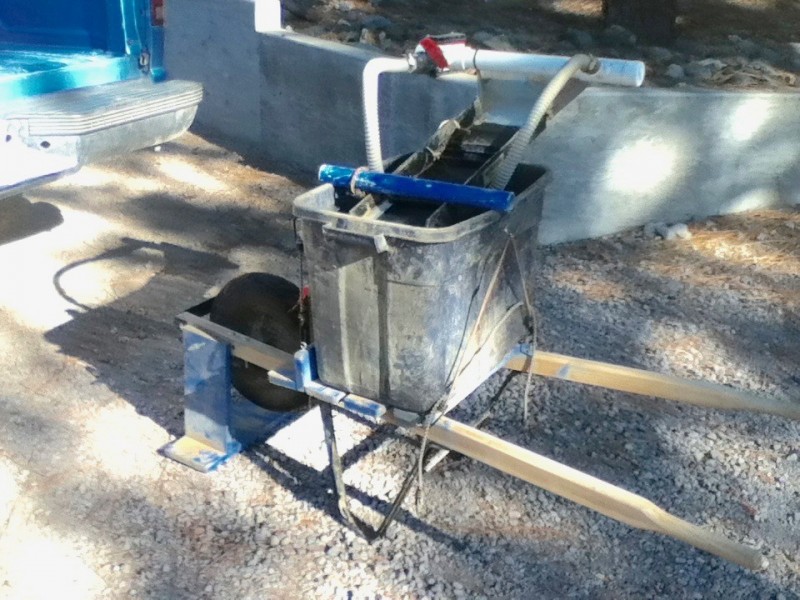
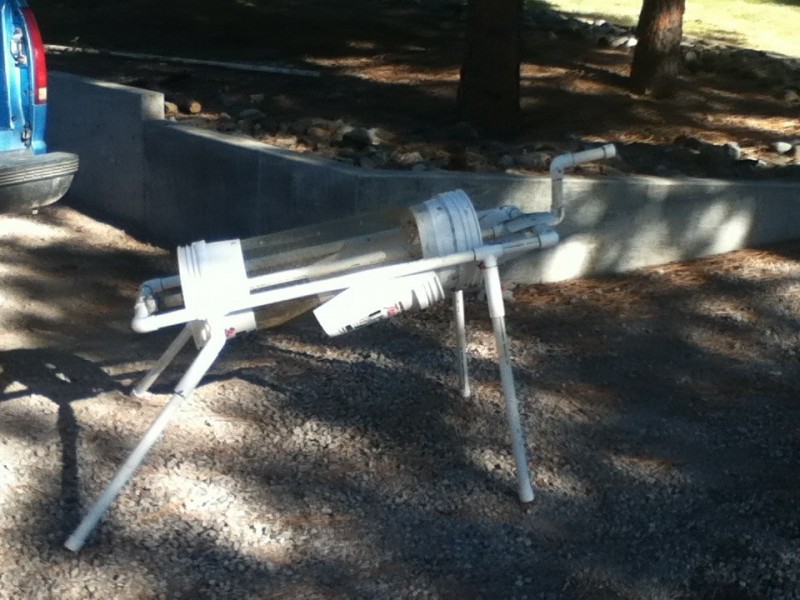
Rock ID
in Detector Prospector Forum
Posted
Looks like the mineral is muscovite mica and the rock name is sericite. It's sometimes found in the alteration halo around ore deposits.